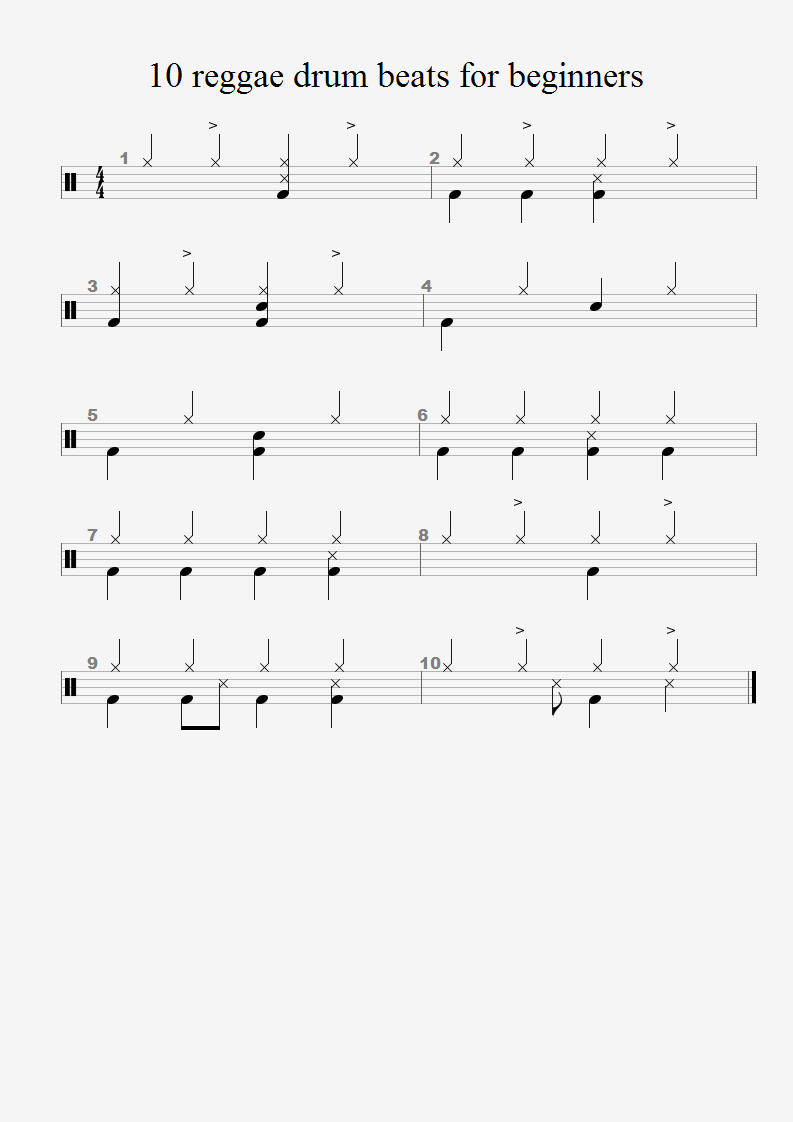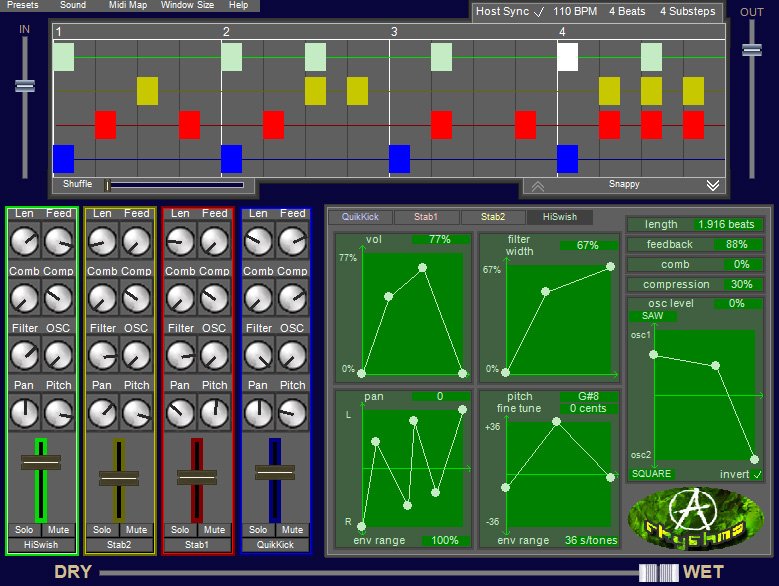

Combining beat 1 from one exercise with beat 2 from another. You can also try chopping up the exercises. Once you can play each pattern comfortably, pair them up. Focus on how you’re playing, and keep your leg muscles relaxed. Gradually increase the tempo, but don’t force it.

It’s a good idea to practice to a metronome. By only playing our hi-hat on the downbeats we’re helping to reinforce this relationship. Focus on the rhythm you’re playing on the bass drum and how it relates to the downbeat (the “ 1,2,3,4”). If you still struggle with the rhythm, use this Groove Scribe template and add the relevant bass drums. For example, exercise 7 would be “ 1 e+ a 2 e+a”. I’d suggest counting “1e+a 2e+a” whilst emphasising the notes you’re going to be playing. I’ve written out the count for the rhythm below each exercise to help you. We’ll look at triplets in part two.Ĭount the rhythm of the exercise you’re working on. For now we’re only dealing with crotchets, quavers and semiquavers ( aka quarter notes, eighth notes and sixteenth notes). What changes in each exercise is the rhythm that you’re playing on the bass drum. We’ll build on this in future lessons.Įach exercise is two beats long and contains the same rideline, a hi-hat on each downbeat and a snare on beat 2 - play an exercise twice you’ll have played a standard four beat groove with the snare on beats 2 and 4.

Obviously a drum beat is more that just bass drums, which is why this is only part one. Each of which can be combined and adapted to make pretty much every groove you could dream of playing. The title of this post might sound like it’s over-promising, but I don’t think it is!īy practicing these exercises you’re going to develop the ability to play a lot of bass drum patterns.


 0 kommentar(er)
0 kommentar(er)
